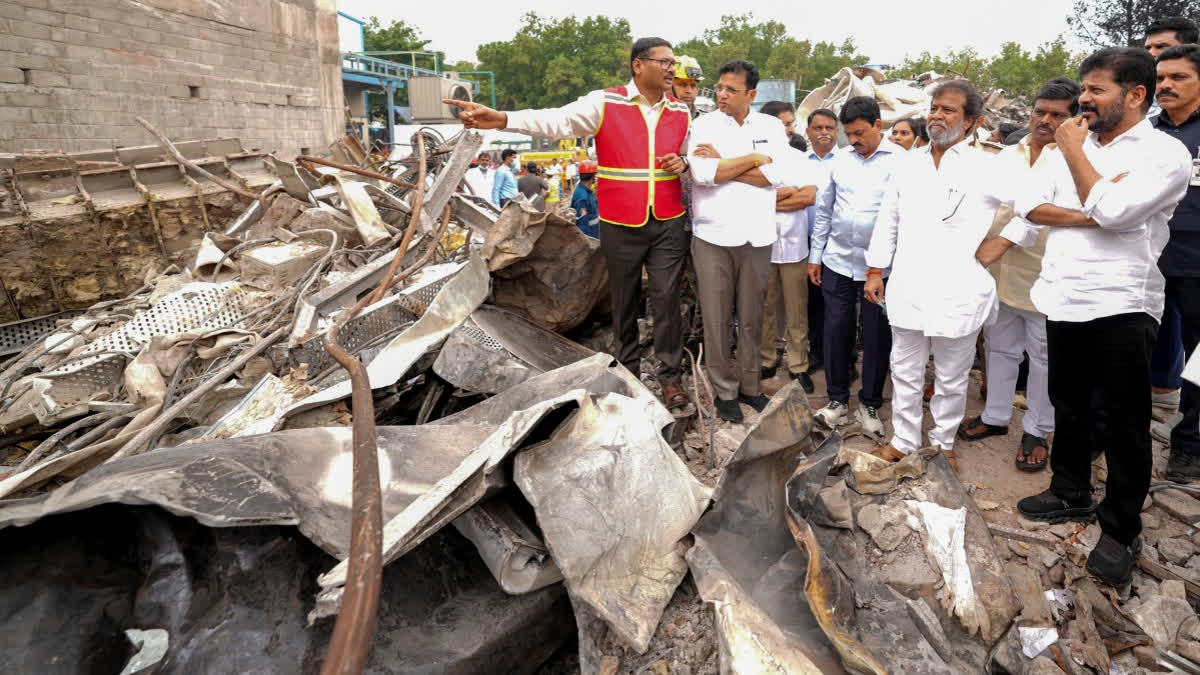- With the advancement in the industrial/manufacturing segment over the years on the back of revolutionary inventions and innovations, the safety aspect must have been automatically taken care of in commensurate with the developments. Ever since automation has been embraced by every country worth its salt to advance economic growth, the standards for the safety aspect, too, have undergone a sea change, with the technology-driven initiatives taking center stage. While the most advanced nations have introduced cutting-edge technologies in not only the production of products but also to ensure the safety aspects of humans are accorded due importance. Where does an aspirational society like India stand on this front? Let’s dwell on the matter.

PC: The News Minute
- Going by the look of things, Indian manufacturing vertical – read as factories – have not lived up to the stringent standards essential to ensure human elements are protected from the vagaries. In simple terms, India has the most dangerous factories. Unfortunately, undercounting accidents does nothing to improve safety. Accidents keep occurring at regular intervals, and it’s an alarming trend that cannot be ignored anymore. The recent industrial accident in Hyderabad has resulted in 40 deaths and 33 injuries. Painful as it is, the fact that this unit of Sigachi Industries – feted as a multibagger until recently – was running without basic safety systems like fire alarms and heat sensors raises questions about the value assigned to workers’ lives.

PC: ETV Bharat
- While the management didn’t commission a safety audit, the state is guilty of dereliction of duty because it allowed the factory to operate without a fire department NOC. Sadly, countless Sigachis have occurred in India over the years. Bhopal remains the world’s worst industrial disaster, but blasts, fires, gas leaks, and electrocutions occur with sickening frequency. Per govt data, there were 5,336 deaths in factories in the five years from 2018 to 2022. But these numbers don’t tell the full story. They have been sourced from the formal sector, which accounts for a very large part of India’s industrial output, but not its factory employment. Almost 90% of India’s industrial labour work in the informal sector, where wages, productivity, and working conditions are abysmal.

PC: GPS News
- And safety is not even an afterthought. ILO data shows India is the most dangerous country for factory workers, with 117 deaths in workplace accidents for every 1L workers. The number is 3.7 for America. In Europe, Germany, Denmark, and Switzerland report only 1.3-1.4 deaths per 1L workers. Oddly, these countries report far more non-fatal occupational injuries per 1L workers – Denmark (3,581), Germany (1,496), Switzerland (2,293), as against 325 in India. Is it possible that Switzerland’s factories are more hazardous than India’s? India is massively undercounting industrial accidents and FIRs are not being raised as well. India’s factory workers won’t be safe until accountability is fixed every time. For that, we’ll have to stop brushing these accidents under the carpet.






